When Oil and Water Mix – The Marine Engine Market
For those unfamiliar with marine engines, there is a common misconception that these are highly unique devices. This simply isn’t the case. If you can rebuild an automobile engine, you can rebuild a marine engine. If you can build a solid, reliable drag or circle track engine, you can build, or rebuild, a marine performance engine. The key to success is understanding the subtle differences and being able to recognize the pitfalls.
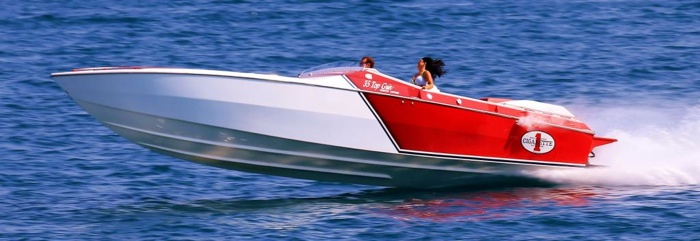
Performance V6 and Four Bangers
Any engine builder worth his or her torque wrench keeps their eyes open. They’re looking for anything and everything to make work easier, better and, of course, more profitable. When it comes to the number of cylinders in the motors they build, are they looking at performance-dedicated six and four cylinder engines as a viable source of income?
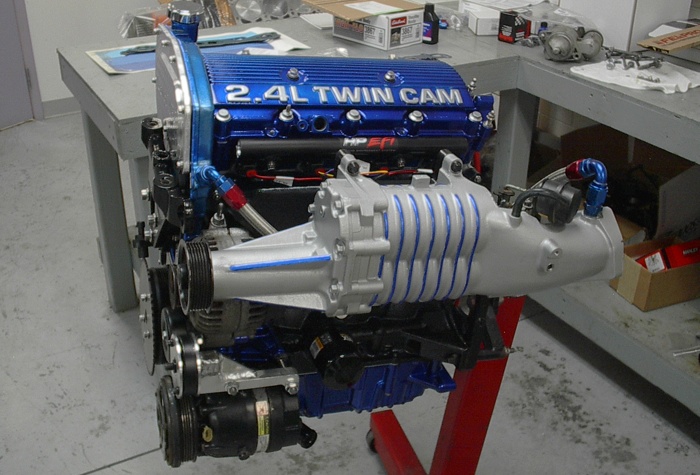
Chicago Auto Show Display Takes 1.0L EcoBoost Apart
One of many highlights in the Ford booth at the 107th Chicago Auto Show was a large layout of the pieces that make up the first-ever Ford three-cylinder EcoBoost engine. This 1.0 liter turbocharged, direct-injection powerplant delivers 123 hp and 125 lb.-ft. of torque.
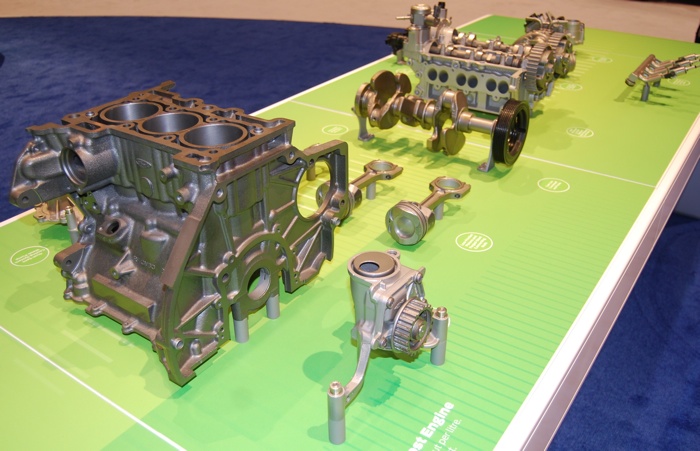
Vanishing V8s: Downsizing Engines
The V8 isn’t dead yet, but storm clouds are brewing on the horizon. Concerns over global warming, CO2 emissions and dependence on foreign oil led the EPA to mandate new Corporate Average Fuel Economy rules. To achieve 54.5 miles per gallon by 2025, automakers may abandon the V8 altogether or restricting it to a handful of limited production applications.
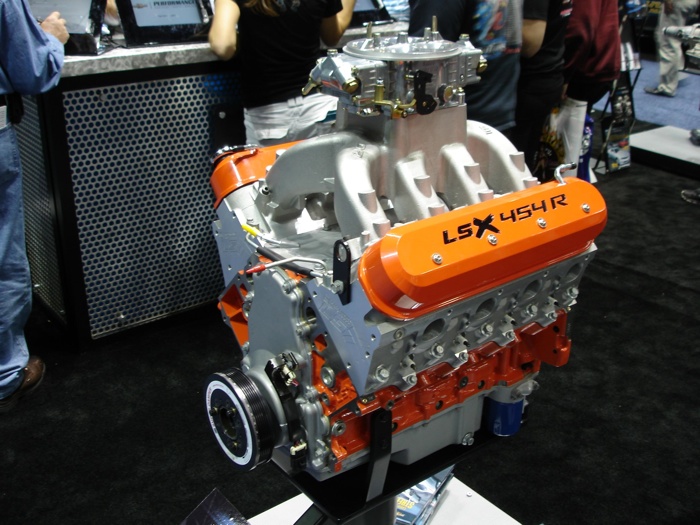
Choosing the Right Oil Pump
Choosing a replacement oil pump for an engine you are building or modifying is a process that requires some thought. Original equipment oil pumps are usually adequate for most stock applications – but some are not, especially if an engine is being modified.
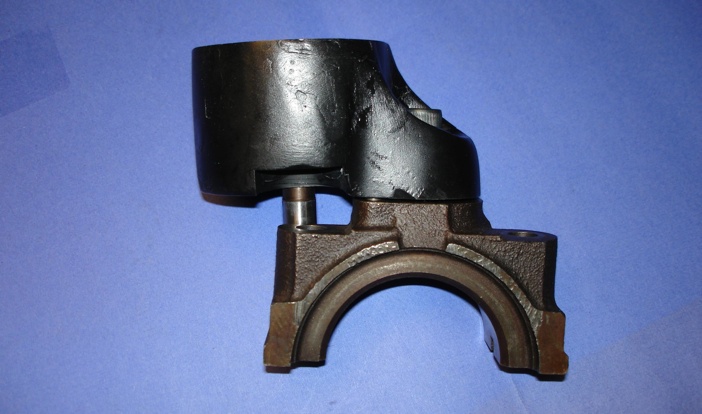
Losing a National Treasure – True Craftsmanship
No, this isn’t an adventure story about great works of art or even our national monuments – it’s even more dramatic. I’m referring to the GREAT ones: the machinists we all know who have been around far longer than these fancy new CNC machines. I’m talking about the true craftsmen that built this industry long before many of you were born.
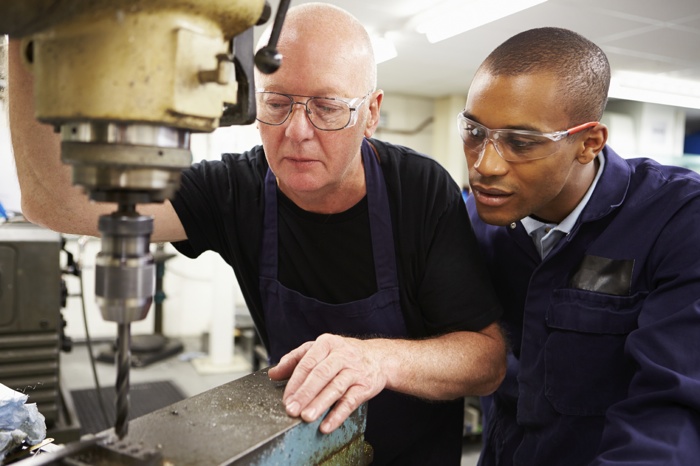
Shop Solutions June 2015
I recycle the thick plastic trays used to store and ship 1-liter soda bottles. They work really well for keeping piston and rod assemblies in order and protected from damage as you move them about the shop.
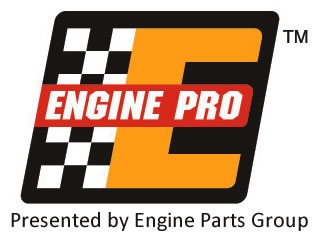
Allison Power
In December, we discussed the use of Allison engines – originally designed for use in WWII fighter planes – in watercraft applications. Now, we’ll pick up the story of these versatile powerplants finding success on dry land.
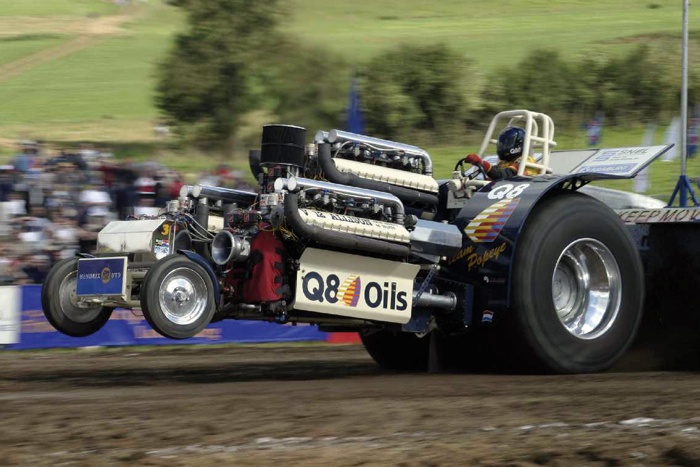
Building for Biodiesel
Some people have a negative view of biodiesel. They say it gums up the fuel pump and injectors. They say it gels in cold weather. They say it’s diverting food resources to make fuel. They say it’s too expensive and can’t compete economically with conventional No. 2 diesel fuel. Then they hear that diesel engines burning biodiesel are winning pulling championships, drag races and setting new land speed records. Maybe biodiesel isn’t so bad after all.
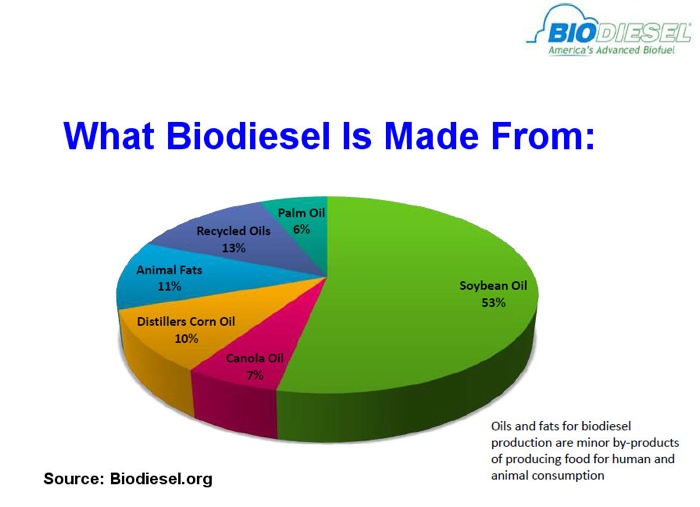
Rebuilding the Ford 6.4L Power Stroke
For the 2008 MY Ford Super Duty pickup, a new engine, the 6.4L Powerstroke would emerge. But, how much is really known about the engine? The 6.4L engine was very short lived and only offered until 2010. Engine Builder takes a deeper dive into the 6.4L Power Stroke engine.
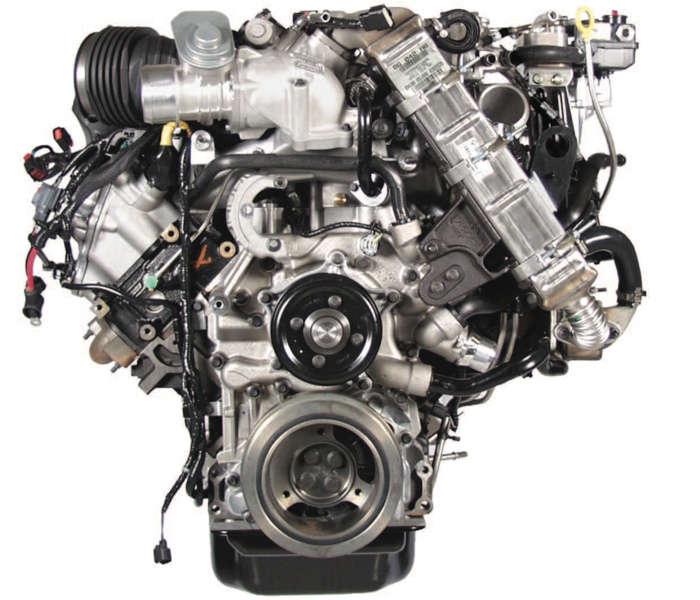
High Performance Diesel Crankshafts, Connecting Rods & Pistons
Most stock Cummins, Duramax and Power Stroke engines can safely handle cranking up the turbo boost to produce 500 to 600 or more horsepower. But once you get to get up around 700 to 800 horsepower in an otherwise stock motor, things start to break and upgrades will be necessary.
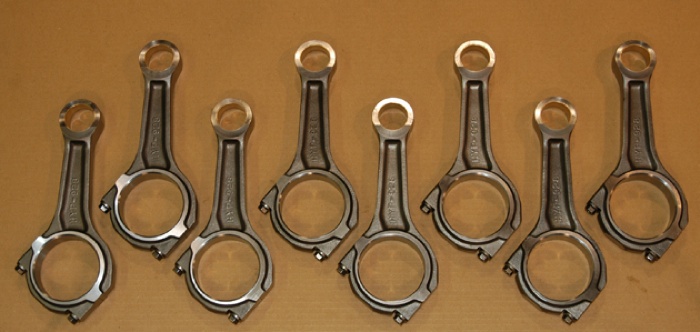
Diesel Oils Will Soon Be Changing
With May’s Engine Builder focusing on performance diesel engine technology, it’s the perfect time to alert you of two new diesel engine oil performance categories that will appear on the market in 2017. These new categories are the direct result of our federal government asking diesel engine builders and truck manufacturers to reduce greenhouse gas emissions.

